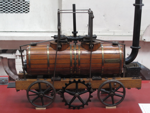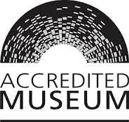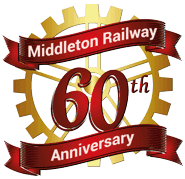Enthusiasts
Little Railway, Big History
1758
The Middleton Colliery Railway made history right from the start. To protect its route, the land- and coal-owner Charles Brandling secured an Act of Parliament: the very first Act titled for, and largely concerned with, the building of a waggonway or railway.

An extract from a 1758 newspaper, reporting the first loads moved over the waggonway
From its opening in September 1758, horses pulled thousands of tons of coal a year down the waggonway to Leeds. Cheaper coal prices, based on more efficient transport, gave Leeds a head start in the newly developing large-scale industries. Our city became an important centre for all industries using coal as a source of heat or power: metal-working, brick, glass, pottery and tile manufacture, brewing, dyeing, and clothmaking in steam-powered mills.
1812
Fifty years later however, the colliery was having to compete with the Army for the purchase of work-horses and fodder, as the Duke of Wellington pursued Napoleon Bonaparte around Europe. As horses and fodder became scarcer, prices rose at home.
Estate and colliery steward, John Blenkinsop, substantially reduced Middleton’s transport costs by introducing steam locomotives. The very few locomotives built so far had largely failed because only cast iron rails were available. These broke easily under the impact of any machine large enough to haul a viable load. A locomotive not able to haul a viable load was of little use.
Blenkinsop invented a rack and pinion system, very similar to that still used on many mountain railways. A large rack wheel at one side of the locomotive connected with cogs cast into the rail at that side, giving substantial assistance to the locomotive’s pulling power without needing to be heavy enough to break its track.
The four locomotives built for the colliery by Matthew Murray, designed by him to incorporate John Blenkinsop’s patented rack wheel, were the world’s first commercially viable locomotives.

An extract from an 1812 newspaper, illustrating the Murray-Blenkinsop locomotives
The Middleton Railway immediately began to attract visitors from all over the world, as well as from the UK. They included two new categories of traveller: the techno-tourist and the industrial spy!
Many foreign visitors tried to interest their own governments and industrialists in the idea of introducing locomotive-worked railways. In 1815, the technical design was published in a French science and industry journal, and within the next few years the Prussian government had two locomotives built in Berlin to the Murray-Blenkinsop design: the first locomotives ever constructed on mainland Europe. Neither of them proved to be successful: one ended its days as a stationary pumping engine, and the other, after a year or so powering a confectioner’s flour mill, was sold to an earthernware works. The rack wheel and a few other fragments of the latter machine were displayed in a Saarland farmer’s barn for many years.
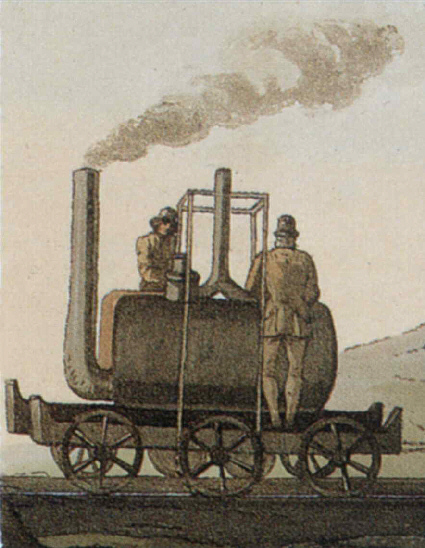
A contemporary painting of one of the Murray-Blenkinsop locomotives
After the last of the four Middleton locomotives wheezed to a final halt in 1835, after at least 20 years of unremitting hard work, there followed 125 years of comparative obscurity, whilst the railway faithfully continued to keep the growing industrial city supplied with coal.
c.1830-1995
However, Leeds had now profited in a new way from the presence of the Middleton Railway. The building of its four pioneer locomotives, plus at least two others built for the Kenton & Coxlodge waggonway at Newcastle, had resulted in a number of Leeds engineers having experience in locomotive design and construction, and when steam railways began to spread across the country, Leeds was well-prepared to begin manufacturing their locomotives.
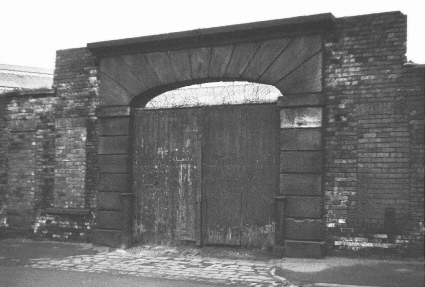
Remains of the Railway Foundry, one of the earliest engine works in Hunslet
The firms clustered around Jack Lane, Hunslet, supplied locomotives and other railway equipment to almost every country in the world (well, a few countries never had railways!).
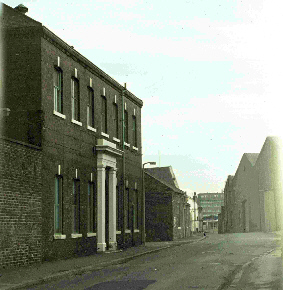
The Manning Wardle offices on Jack Lane
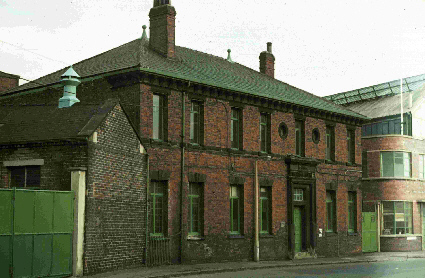
The Hunslet Engine Company offices on Jack Lane
1960
In 1960, the Middleton Colliery Railway was back in the news. Its coal traffic having been severely curtailed by its current owners the National Coal Board, part of the track was purchased by a neighbouring company, Clayton’s, who allowed the Middleton Railway Preservation Society to begin running goods traffic for them. The society (later to become the Middleton Railway Trust) had been started by staff and students of Leeds University, led by lecturer Dr. Fred Youell.
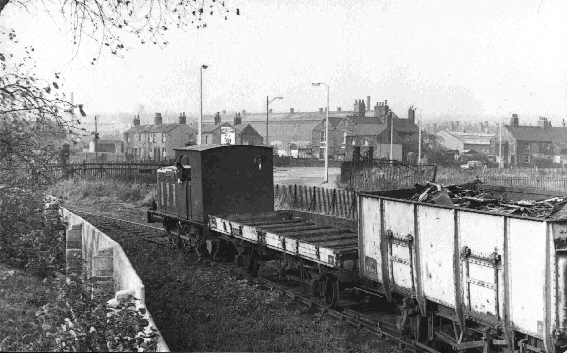
A goods train in the early 1960s
From 1960 until 1983, the society moved many thousands of tons of fabricated and scrap metal between Balm Road Goods Yard and Claytons and their neighbours Robinson & Birdsell. However, the society’s rail traffic movements started with several days of passenger train services as part of the 1960 University Rag Week: the first passenger services ever to be run on a standard gauge railway by a completely volunteer operated society.
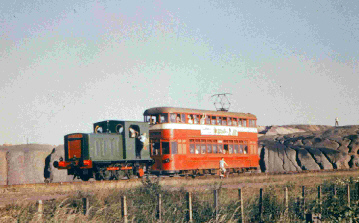
One of the first trains for the University Rag Week in 1960
In 1969, as goods traffic began to decline, passenger services ‘resumed’ on a regular basis, and have continued since then, running every weekend and Bank Holiday Monday for a large part of the year.
Around 1975, we ran the first of our annual special trains for visiting school classes.
1983
In 1983, our benefactors Clayton’s closed down their Dartmouth Works site, where our society had been allowed to make its home, and we had to move all our equipment and vehicles to our current home site. New tracks were laid to accommodate the vehicle collection, and a workshop and a ticket office/shop were also built.
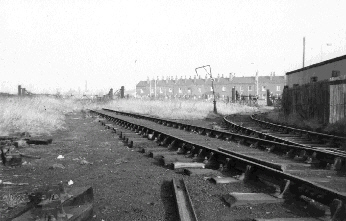
The eventual site of our station as it was in 1960

Roughly the same view in 1983

And a similar view in 2008

The inside of our Moor Road shop as it was in the 1980s and 1990s
In recent years, a superb new visitor centre has been constructed, to display and interpret the Middleton Railway’s history and its interesting collection of small, mainly industrial locomotives, a substantial percentage of which were built nearby in Jack Lane.
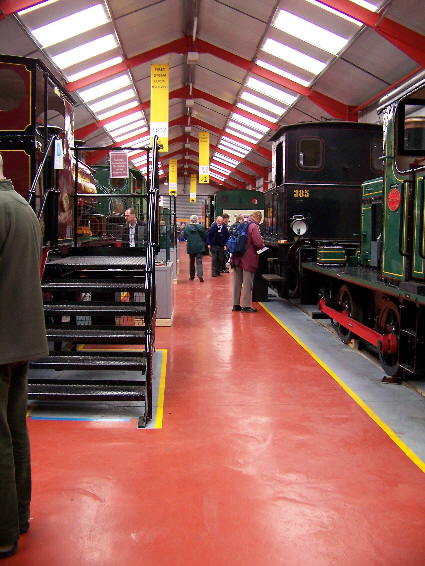
The Engine House Display Hall
2008
The railway celebrated its 250th Anniversary.
2010
We celebrated our society’s 50th Anniversary.
2012
We celebrated the 200th Anniversary of the first commercially viable locomotive, Middleton’s Murray-Blenkinsop locomotive ‘Salamanca’.
Little Railway – Amazing History!
For much more information, see our illustrated 68-page History of the Middleton Railway Leeds, which is available from the Railway’s shop. More details of this book are given on the separate page describing the books that we have for sale.
Return to the page for our museum collection.
More Information
Other pages provide more information about:
Enthusiasts
As well as being a popular family attraction we have plenty to interest railway enthusiasts as well as anyone interested local and industrial history. We have a museum at our Hunslet Moor Road site, the 'Engine House', dedicated to our local engine making heritage and our historic line.
For our 2009 diesel gala we had a visiting Hunslet built 'Class 05' shunter, shown in the picture below. This was quite a celebration of the locally made shunters with three examples proudly bearing the Hunslet name working passenger and demonstration freight trains in the Hunslet area itself, as well as our own collection of Hudswell, Clarke & Co engines.
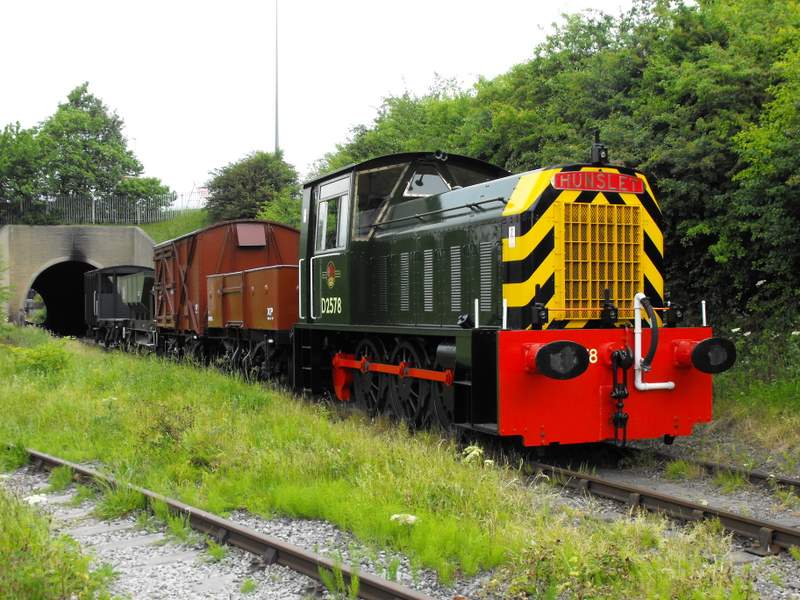
Our Line
The now picturesque woodland of Middleton Park was once a hive of industry. Coal was initially extracted from pits that were little more than holes in the ground. Later horses were used to wind baskets of coal up by rope and later still steam engines were used to wind larger volumes of coal from beneath the ground. To this day remains of these early coal workings can still be seen in Middleton Park and it is worth stopping off at Park Halt for a visit.
Middleton is however over two miles from the centre of Leeds. Early waggonways had been built at Middleton and in 1758 the first act of parliament for the construction of a railway was granted to formally establish this important route in to Leeds. In 1812 the railway achieved another first, being the first line to successfully employ steam locomotives. Another first in 1960 saw the line become the first standard gauge railway to be taken over by railway enthusiast volunteers. Click on the link in the menu to read more about our history.
Our Engines
We have a large and varied collection of industrial locomotives dating from 1890 to 1980. Many of our locomotives were built by the local works in Hunslet a short distance from our Engine House. Click on the link in the menu to read more about our locos and stock.
Leeds Engine Making
The Middleton Railway has always been closely linked to the local engine making industry. The first series of industrial locomotives in the world were built in Leeds for use on our line. In Victorian times the line was re-equipped with engines from Manning Wardle, a manufacturer that is well represented in our operating fleet today. The line was also used on a number of occasions to test new locos.
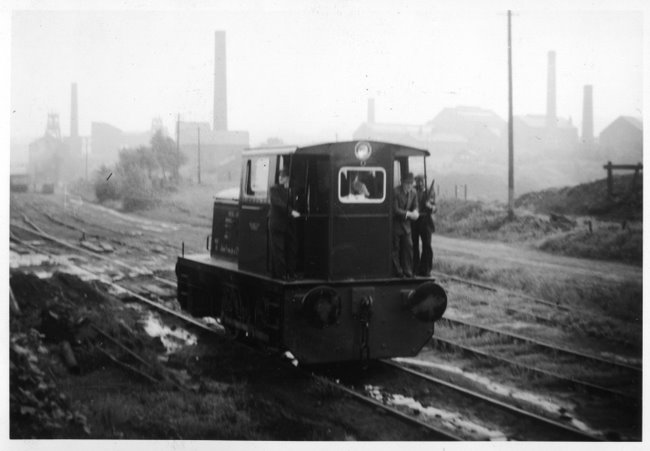
New John Fowler diesel shunter 4230001 on test on the Middleton Railway in the 1960s
Photo © Sheila Bye
Leeds was the biggest locomotive building city in England, even beating the well known locomotive building cities such as Swindon, Crewe and Doncaster. The reason this fact is a surprise to many is that nearly all of the locomotives built in Leeds were for industrial use or export.
Much more about this important part of our local history can be discovered in our Engine House. Since you are most likely sat in front of a computer or some such gadget on the internet right now you can learn about our local engine builders from the dedicated site www.leedsengine.info.
www.leedsengine.info contains histories of the Leeds engine making firms, details of what sights can still be seen around Leeds today and details of the books available on the subject. The site also has a database under construction that hopefully will eventually list all the 20,000+ engines built in Leeds, this database is most of the way there already.
Off The Rails
Local works also had a dominant position in the worldwide supply of all sorts of other steam powered machinery. Information on these products is also available on the www.leedsengine.info site. We also have good links with local owners of traction engines, steam rollers and steam lorries, and they often bring some of their vehicles along to our special events. The picture below shows John Fowler steam roller 'Eve' visiting a Middleton Railway gala in 2007
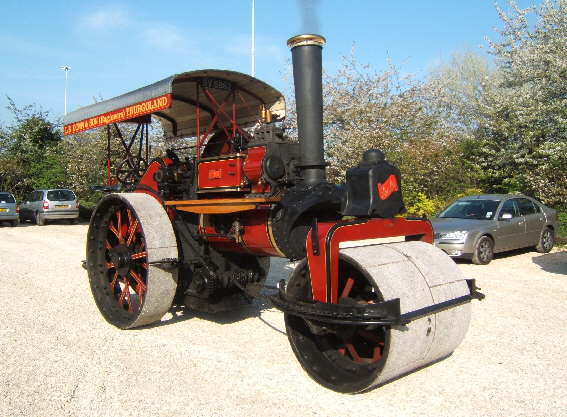
Social Events
From time to time we have social events in our Engine House, usually starting at 7.30pm and usually free. These will be advertised separately, and when they are then anyone will be welcome to attend. Refreshments will be available to buy from our shop, either during the programme or after it.
Publications
Hopefully this page has already provided plenty of reading, but there are also some publications available from our shop about our history and our locos, as well as DVDs and videos. The "Refreshments and Souvenirs" section of the Visit Us page will give you more information about these.
More Information
Other pages provide more information about:

